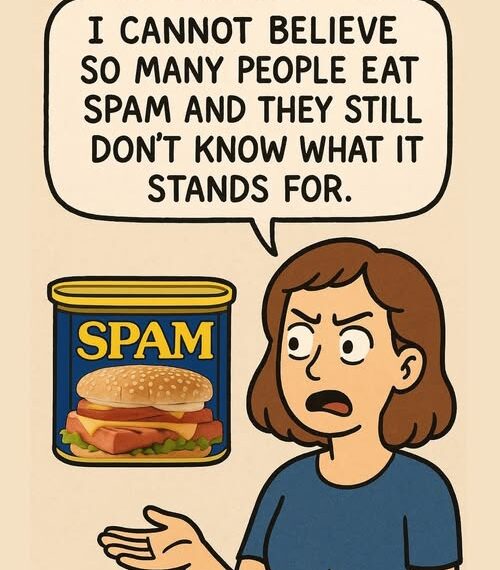SPAM is one of those iconic food items that has sparked curiosity, jokes, and debate for decades. With its bright blue and yellow can, mysterious name, and gelatinous texture, many people have wondered: What exactly is SPAM? And what is it made of? Let’s dive into its history, ingredients, production process, and cultural impact to understand why SPAM is more than just a canned mystery meat.
🥫 What Is SPAM?
SPAM is a canned, pre-cooked meat product made by Hormel Foods Corporation. It was first introduced in 1937 in the United States as a way to provide an affordable, shelf-stable source of protein during the Great Depression and World War II.
The name “SPAM” is a blend of “spiced ham”, though Hormel has never officially confirmed the origin. Over the years, it’s picked up various interpretations—from “Special Processed American Meat” to “Something Posing As Meat”—but the most accepted version remains “spiced ham.”
🧂 What Is SPAM Made Of?
Despite urban legends, SPAM is made of relatively simple and familiar ingredients. According to Hormel, the classic SPAM recipe contains just six ingredients:
- Pork with ham – The main meat source (pork shoulder and ham).
- Salt – For flavor and preservation.
- Water – Helps mix and bind the ingredients.
- Modified potato starch – Used as a binder to hold the meat together.
- Sugar – For taste.
- Sodium nitrite – A preservative that maintains color and prevents bacterial growth.
That’s it—no mystery meats, no byproducts, and no filler.
🏭 How Is SPAM Made?
SPAM’s production process is straightforward and designed for efficiency:
TO CONTINUE READING THE ARTICLE PLEASE SEE PAGE 2




